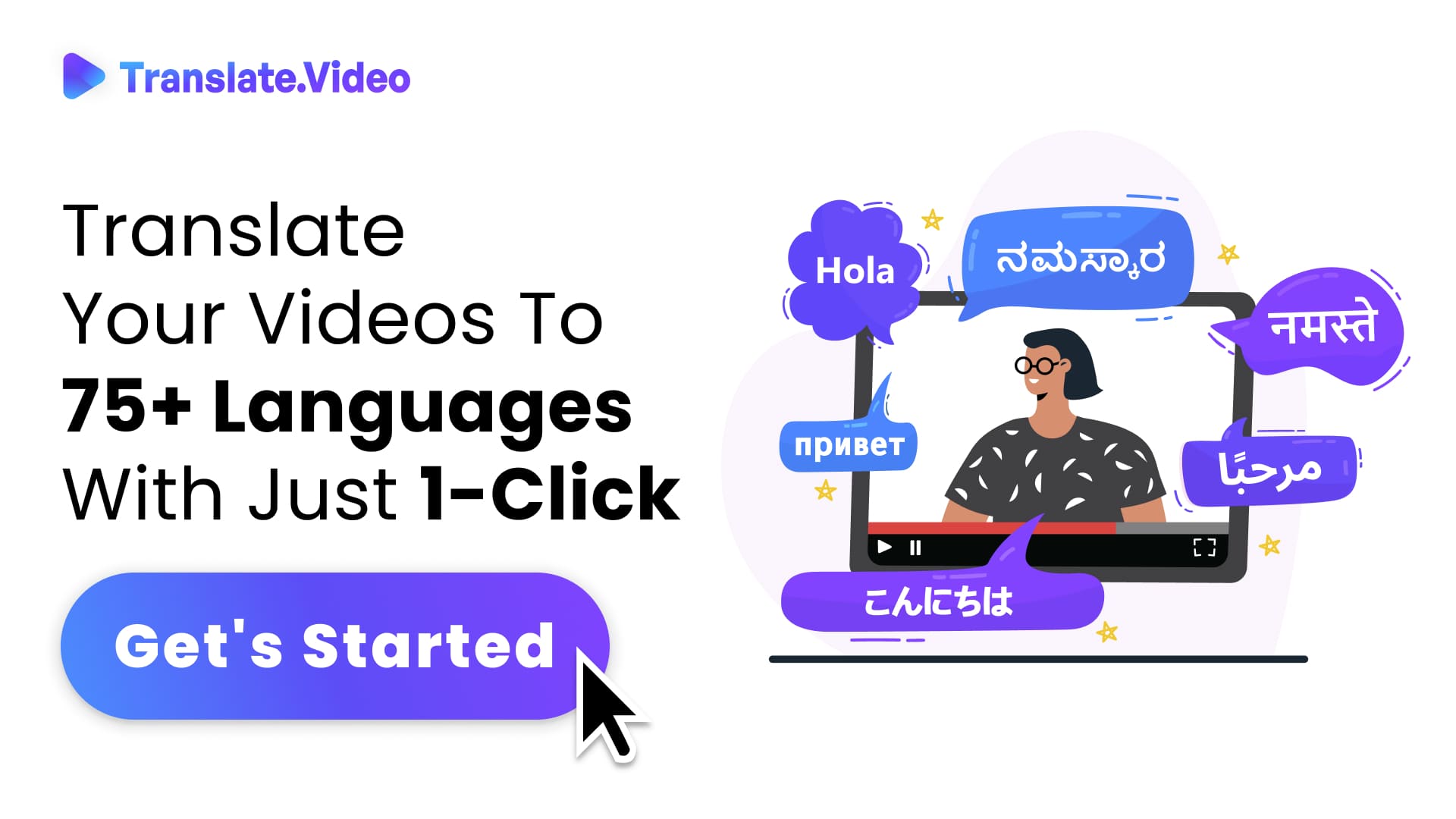Bridging Language Gaps: How to Use Translation in Facebook
How to Incorporate Translation on Facebook: Breaking the Language Barrier

Language is a powerful tool. It's the means by which we communicate, share, and express ourselves. But what happens when a friend or follower shares content in a language foreign to us on Facebook? Thankfully, in our digitally interconnected era, Facebook has rolled out features that can bridge the linguistic gap. Let's dive into the world of Facebook translations and learn how to put this tool to use.
When I think of Facebook, it's not just a platform to connect with friends. Over the years, it has transformed into a global hub, bridging cultures and languages. And with the evolution of technology, we no longer need to feel isolated just because of language barriers.
Why Translation on Facebook Matters
- Reaching a Global Audience: Facebook is not restricted to one region. It's global, and so are its users.
- Business Outreach: For businesses and brands, reaching out to non-English speaking audiences is crucial.
- Personal Connections: Imagine reconnecting with an old friend from another country. The language shouldn't be a barrier to your stories.
The Facebook Translation Feature: A Brief Overview
If you've been an active Facebook user, you might have noticed the "See Translation" option beneath posts or comments in a foreign language. This nifty feature is Facebook's solution to the linguistic diversity of its user base. But how can you activate and use it?
How to Activate the Translation Feature on Facebook
- Accessing Your Settings: On the top right corner of your Facebook page, click on the downward arrow and select 'Settings & Privacy'.
- Language Settings: In the left sidebar, click on 'Language'. Here, you'll find various options related to language settings.
- Translation Preferences: In this section, you can choose which languages you want translations for and which ones you'd rather see in their original form.
For mobile users, the process is quite similar. Just navigate to your settings and search for 'Language' options.
Optimizing Your Translation Experience
Facebook's default translation is pretty decent, but there's always room for improvement. Some steps to enhance your experience include:
- Using Third-party Apps: While Facebook's built-in translator is handy, third-party apps can offer more accurate or nuanced translations.
- Manual Translations: If a post is especially important or sensitive, consider using platforms like Google Translate to double-check translations.
Benefits of Using Translation on Facebook
- Strengthened Connections: By understanding posts from friends across the globe, you enhance and deepen your connections.
- Business Expansion: Brands can reach a wider audience without language constraints.
- Learning: Let's admit it. It's also a fun way to learn and pick up phrases from different languages!
Limitations and Concerns
While the translation feature is groundbreaking, it's not without flaws. Here are some things to remember:
- Not Always Accurate: Like all machine translations, Facebook's tool can sometimes miss nuances or idiomatic phrases.
- Lacks Personal Touch: Machine translations don't always convey emotions or context perfectly.
In Conclusion
So, there you have it. The next time you come across a post in French or Spanish or any other language, don't just scroll past it. Tap into the translation feature and connect, engage, and understand. After all, in today's world, language shouldn't be a barrier on platforms as inclusive as Facebook.
FAQs
1. What is Facebook's translation feature?
It's an integrated tool on Facebook that automatically translates posts and comments written in a language different from your chosen preference, allowing you to understand content from users worldwide.
2. How do I activate the translation on my Facebook?
Navigate to 'Settings & Privacy', select 'Language', and from there, you can adjust your translation preferences.
3. Is the translation feature available on both mobile and desktop versions of Facebook?
Yes, the translation feature is available on both the mobile app and the desktop version of Facebook.
4. Can I choose which posts get translated?
Facebook will offer translations for posts and comments it identifies as being in a different language from your preference. You can then choose to click "See Translation" to view the translated version.
5. How accurate is Facebook's translation tool?
While Facebook's translation feature is generally reliable for basic translations, it might sometimes miss out on nuances or idiomatic phrases. For critical content, it's always good to cross-check with another translation source.
6. Can I revert a translation to its original language?
Yes, after viewing the translated version, there's typically an option to "See Original" which will revert the content back to its original language.
7. Are third-party apps better than Facebook's built-in translator?
Third-party apps might offer more nuanced translations or additional features, but for convenience and quick understanding, Facebook's built-in translator is sufficient for most users.
8. Is there any cost associated with using the translation feature on Facebook?
No, the translation feature is free to use for all Facebook users.
9. Does Facebook support translation for all languages?
While Facebook supports translation for a vast number of languages, there might be some dialects or less common languages that aren't fully supported.
10. I've noticed errors in translation. Can I report them?
Yes, Facebook usually provides an option to give feedback on translations, allowing you to report errors or inaccuracies.
Trending Tags
Trending Blogs
What are you waiting for?
Your Dubbing, Subtitles, Captions in one place
Signup free!
